Here's why we think you should wait
Apple is one of the most desirable technology brands in the world, there’s no doubt. Whenever they release a new product, even one they’ve never tried before, you can be sure people will line up for it.
This adoration isn’t undeserved either. There are plenty of products from the wizards in Cupertino we adore. However, that doesn’t mean Apple is untouchable. Especially since their products carry a hefty price premium. When they joined the ranks of headphone makers, the price of entry was (and remains) high.
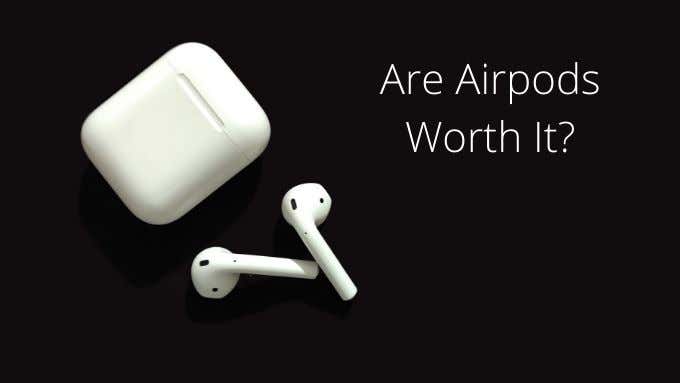
So, are AirPods worth it? Let’s break it down to basics.
The Apple Family Benefits
Before we look at each of the three models of AirPods you can buy individually, there are some universal benefits you can enjoy regardless of which option you choose.
The prime factor in the AirPods value equation depends on your investment in the Apple ecosystem. If you use AirPods with any Apple device that supports it, you’re getting superior performance and functionality. Thanks to the advanced audio processing chips in AirPods, they pair almost instantly with Apple devices.

You can switch seamlessly between, for example, your Mac and iPhone. The amount of audio latency is also very low when using AirPods with Apple hardware. If you want to use your AirPods with anything non-Apple, you lose most of that shine, making the experience a little more mediocre.
Don’t Forget About Spatial Audio
The AirPods Pro and AirPods Max also feature a new spatial audio technology from Apple. The base model, sadly, lacks this feature. To us, this is one of the most exciting features of AirPods, but you need the right combination of hardware and software to enjoy it.
This feature uses hardware in the AirPods and the device you’re using to determine their relative position to each other. If you’re listening to multi-channel audio which would usually be played through surround-sound speakers, the system creates virtual speakers.
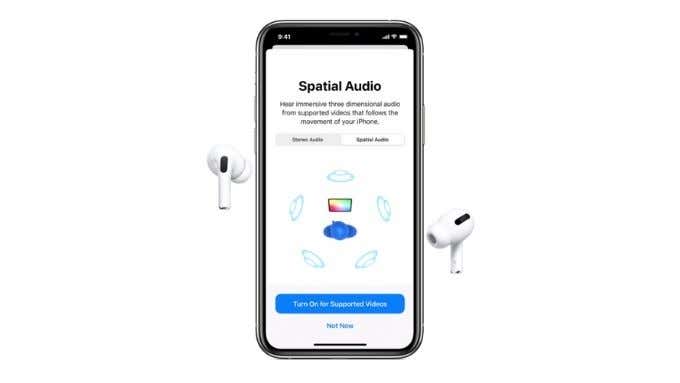
Those virtual sound sources stay put relative to your head position. So if you turn your head you’ll hear the surround speaker channels stay where they are. The result is an experience very similar to a multi-speaker theater setup.
Right now it only works with iPhone 7 and up. It also works with 3rd-generation iPad Pro 12.9” and newer tablets. It works with the 11” iPad Pro and the 6th-generation iPad and newer. Even the 5th-generation iPad Mini is included.
Sadly no current Apple TV model or any Macs support the feature. Probably because they lack the positional technology to make it work. Lastly, the apps themselves need to support the spatial audio function. The list of compatible third-party apps is small, but it’s growing.
The Entry Level: Apple AirPods $159
The entry-level AirPods product is now in its second generation, but the difference between the two generations is negligible. They sound and look the same, with most improvements being under the hood, thanks to a chip upgrade.
As for the AirPods themselves, well these have proven to be one of the most popular products Apple has ever made. People do like them and the design isn’t like anything else out there.
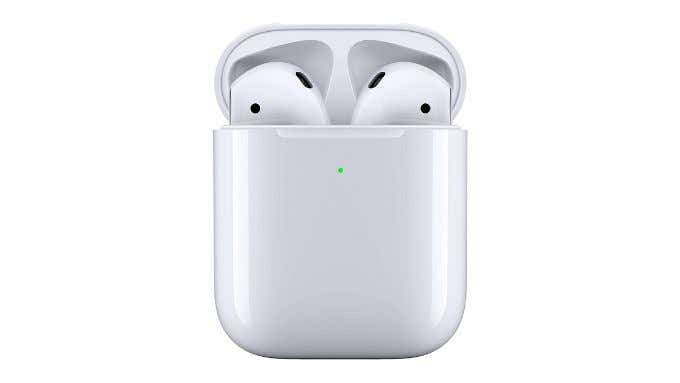
The first thing you should know is that the playback quality is very middle of the road. Because the AirPods don’t create a seal with your ear canal, you can hear everything that’s going on around you. Which is a good feature from a safety perspective.
Of course, wireless earbuds such as the Galaxy Buds + and other similar products offer a transparency mode. Which lets you hear what’s going on around you when you choose.
AirPods also have middling battery life at 5 hours and do not feature water or sweat resistance. Is the base model of AirPods worth it? We don’t think so.
Our suggested non-Apple alternative: Samsung Galaxy Buds + ($149)
The Real Deal: Apple AirPods Pro $249
The AirPods Pro are the buds that Apple should have released, to begin with. They also should be priced closer to the base model, but at least with the AirPods Pro Apple has fixed most of the issues we have with the AirPods.
Because the AirPods Pro uses a more traditional silicon-tip design, you get a good seal with the ear canal. This by itself ensures a much better audio experience. The AirPods Pro also features active noise cancellation, a transparency mode, and liquid resistance.
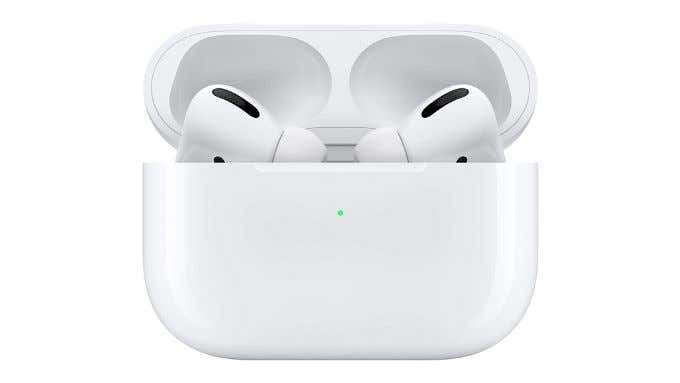
These are then wireless buds that offer feature parity with the competition. However, that still leaves the stiff price premium over other very similar devices from other brands. The audio quality from the AirPods Pro will come across as more than good enough for non-audiophile listeners. Yet we can say the same thing for most competing buds. Products like the Sony WF-1000XM3s offer better audio and better noise cancellation at a much lower price.
So why buy the AirPods Pro? The low level of audio latency, Apple spatial audio, and integration with iOS would be the biggest selling point for us. If those factors don’t matter to you, then the AirPods Pro is not worth it.
Our suggested non-Apple alternative: Still the Samsung Galaxy Buds + ($149)
Luxury Listening: Apple AirPods Max $550
Now we get to the big Kahuna. Apple’s recently-released AirPods Max is an over-ear design with quite a few innovations on offer. For example, the ear cups can be removed easily, since they are held together by magnets. So installing new ones takes seconds without any frustration.
The all-metal design promises years of operation. The tactile metal control crown is a great idea. Touch controls on headphones are generally awful and having something you can operate by feel is a big bonus.
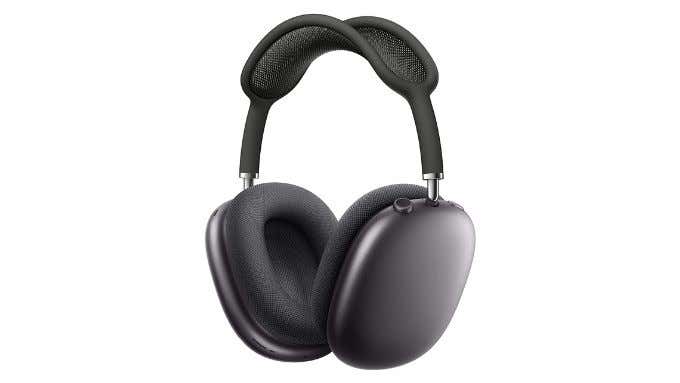
We haven’t had the chance to listen to AirPods Max, but everyone who has is lyrical about the sound. These are not high-end reference headphones, but as wireless headphones, they do occupy a very premium space. The problem is that Sony’s WH-1000XM4 offers amazing noise cancellation and comparable sound quality at $200 less.
Our suggested non-Apple alternative: Sony WH-1000XM4 $349
Apple Can Do Better
This is Apple’s first attempt at making headphones. If you keep that in mind, they’ve done a pretty amazing job. We don’t think anyone would be disappointed with the performance of any AirPods model, but they’d be easier to recommend if they were a little less expensive.
As it stands, AirPods aren’t worth it in the sense that the price doesn’t seem justified. However, if the money doesn’t matter to you and you’re steeped in the Apple ecosystem, they’ll enrich the experience.
In 2021 we expect Apple to roll out a new generation of AirPods. These will likely be the ones to get, so if you can hang on until the shiny new products arrive, you should. After all, history has shown that Apple usually gets their products right on the second try and we expect AirPods to be the same.




